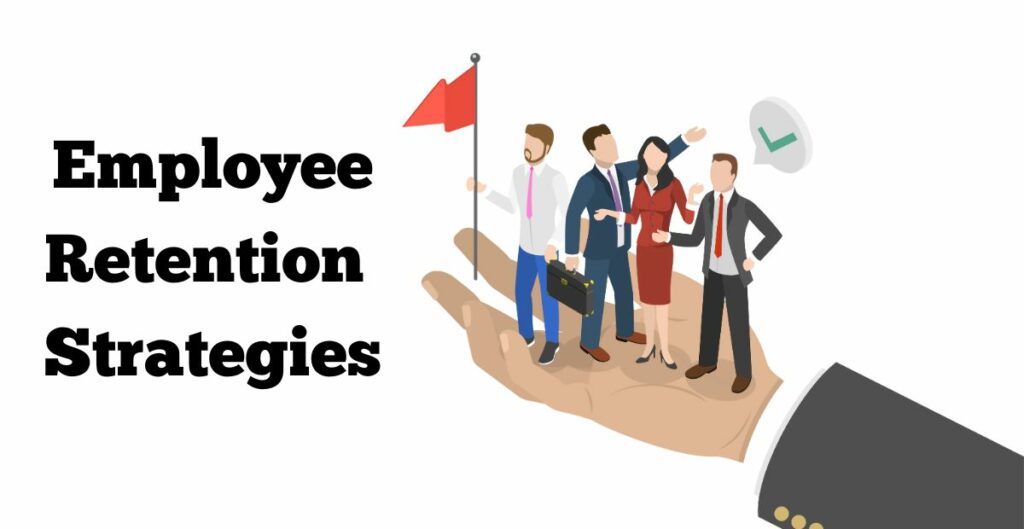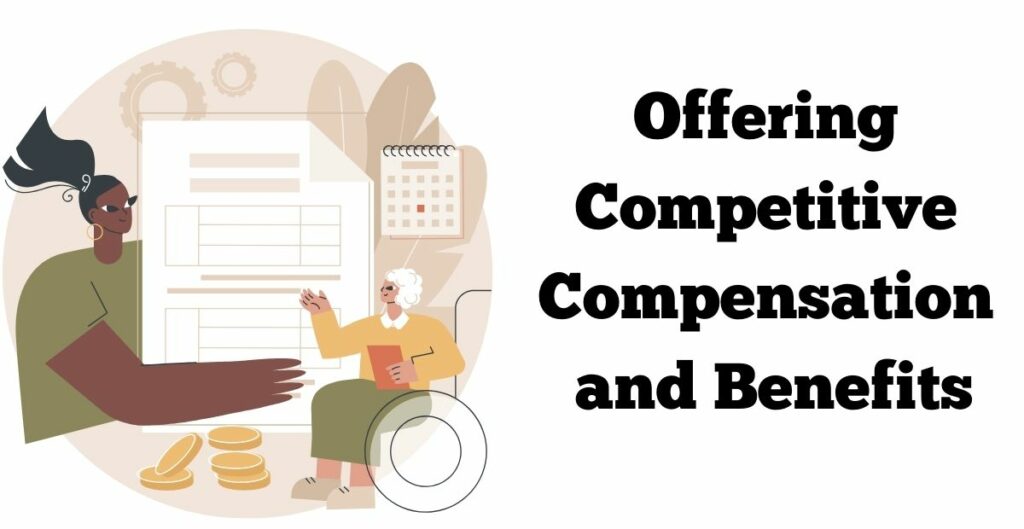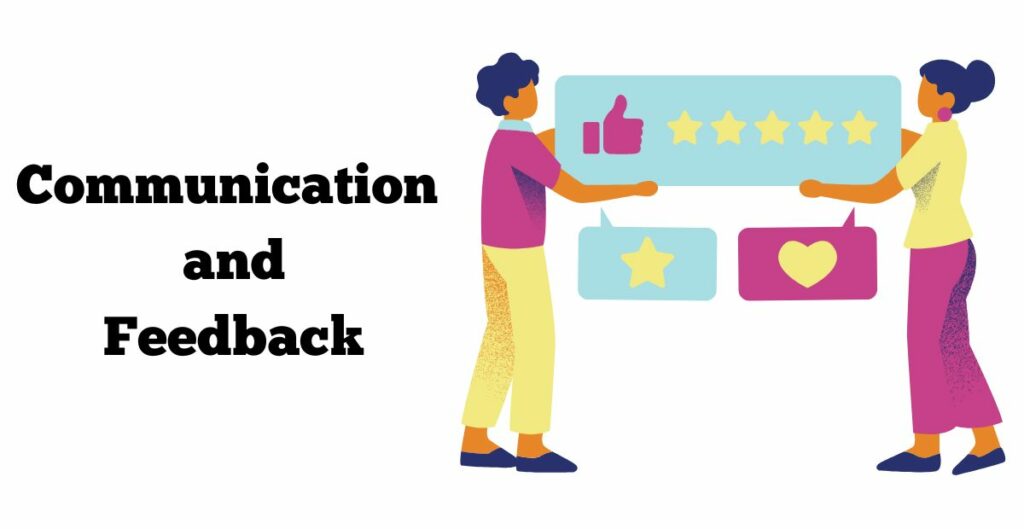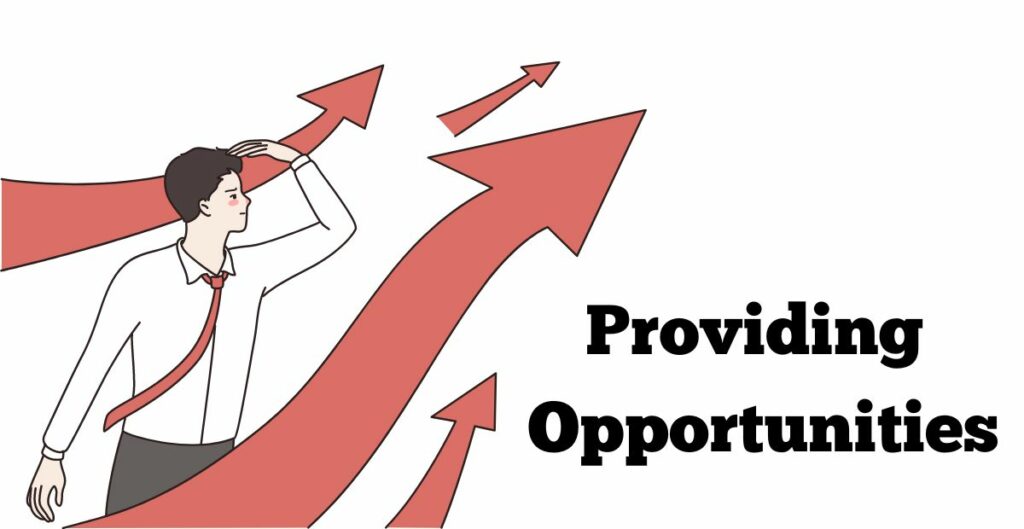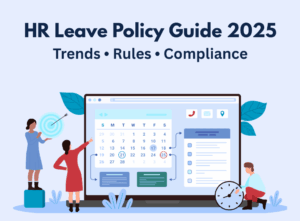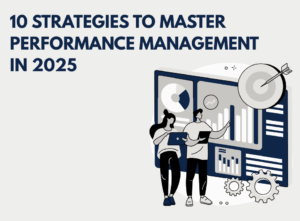Understanding Employee Retention Strategies
Strategies in retaining a skilled and enthusiastic workforce constitute a requirement of any organization that aims to be productive and competitive The range of employee retention strategies comprises different tactics and approaches that address workers’ engagement, satisfaction, as well as passion for their job title within the organization. Workforce employee retention strategies come up before employees leave, do not allow staff to change significantly or frequently, and create conditions for existing personnel to feel motivated. Among them, one is the wages reportedly being competitive and the provision of career advancement chances the other is seeking work-life balance and having an open communication channel. These employee retention strategies entail long-term success and stability of the organizations.
Importance of Employee Retention Strategies in Today’s Workplace
In this job market with high competition, holding on to the best talents is both crucial and difficult, especially with variations in economic conditions and technologies. Loss of people in a short period may lead to the need to spend extra money on recruitment, productivity issues, as well as negative consequences for team morale and customer satisfaction. In addition to that, being in the pocket of seasoned employees promotes knowledge, employee retention strategies, and company operational continuity, which are the engineering blocks of long-term growth and stability.
Overview of Effective Employee Retention Strategies
Addressing every employee’s aptitude is the true objective of effective retention that covers from recruiting and onboarding to professional development and career advancement. Some key employee retention strategies include:
- Competitive Compensation and Benefits: By providing well-compensated wages, bonuses, and good benefits, we will be able to attract and keep the best of the best talent.
- Career Development Opportunities: To provide employees with chances to acquire skills and training and career progress (to be upgraded at their professional level and reach their aspirations).
- Work-Life Balance Initiatives: The provision of work arrangements with flexibility, and programs for wellness, among others, will be done to create a work balance for the employees and their general well-being.
- Recognition and Rewards: By acknowledging and accordingly recognizing workers’ good deeds and achievements through praise, trophies, and performance-based incentives of course.
- Positive Work Culture and Environment: Developing a working environment, which is welcoming and has a high level of respect for diversity and colleagueship, fostering communication and cooperation of the team.
Employee Retention Strategies: Creating a Positive Work Environment
Providing a supportive workplace should be considered a priority if organizations are serious about keeping their best people. It promotes the development of an environment in which employees know that they are appreciated and that such knowledge in turn propels them to be productive. Having space for genuine communications, coupled with facilitating cooperation and creating a connectedness feeling, enterprises can drastically improve both the satisfaction and committed loyalty of staff. When employees know their contributions are acknowledged and respected by their superiors, they become less apt to be absent-minded and pay more attention to their tasks which translates into higher employee retention strategy rates and, thus, a more competent team. However, the salary increase is not the only positive effect of it but also very important concerning the development and prosperity of the company.
Fostering a Culture of Appreciation and Recognition
It is being a human that we need to understand and reward the employees for their diligence and dedicated efforts which are vital factors in building the morale and the involvement of personnel within the organization. Via the planning of the recurrent recognition schemes, the notable milestones’ celebrations, and the individualized praise, through the social life of the organization, the positive behaviour of people becomes the norm and the culture of thanksgiving and confirmation is strengthened. When a worker feels empowered and recognized for his efforts he/she will become more motivated and dedicated to the part or otherwise accomplish the organizational goals. Such a recognition-driven culture is a crucial ingredient that not only builds a positive atmosphere but also attracts favorable levels of job contentment and employee engagement resulting in more motivated and effective staff.
Promoting Work-Life Balance and Well-being Initiatives
Employees’ long-term productivity and job satisfaction are imperative. Maintaining a balance between work and home life as well as their wellness contributes to this. Giving employees the ability to have flexible hours, work from home, and wellness programs as options increases the chance that the employees will have an effective means to manage their work and personal responsibilities. Moreover, a workplace environment that presents mental health access resources, stress management and work, and well-balanced combined life education displays the employer’s holistic well-being commitment.
With these employee retention strategies tactics in the focus list, companies can have an amiable place of work where staff members feel appreciated, backed as well and motivated to continue working with the company. This is a win for the customers as well as the employees that leads to high employee retention strategies rates, greater employee engagement, better mood, and productivity ultimately to the success and growth of the organization.
Investing in Employee Development
Especially investment in the employees is a tactic that organizations use to empower the people that they employ with the skills, knowledge, and abilities of people. Through supplies of training and learning sources and chances, organizations can help employees in their development and fulfilment of their true potential. Among these measures, it is reasonable that we offer sessions, webinars, online classes, and educational programs customized to the employee’s job promotion path. Through high-focusing on employee development both business performance improves as well as the creative environment of learning and innovation are being built which is crucial for the company to be competitive in today’s dynamic business surroundings.
Providing Opportunities for Growth and Advancement
This kind of engagement can be accomplished only through the provision of uncommon opportunities for growth and development that can retain the best talents and motivate employees. They can implement systems such as having defined career paths that make the future clear, offer chances for promotions or sideway moves, and establish growth projects that will make staff dig deeper into unexplored skills and take on increased tasks. The former is rooted in organizations identifying with the principle of continuous career training for the benefit of the employees, and such a concept can reduce an employee’s desire to seek better economic opportunities elsewhere and put him on the line of duty.
Implementing Training and Mentorship Programs
Training and mentorship programs are an important way to empower employees and build cultures of self-development and lifelong learning in the organization. Through the training procedures the personnel are equipped with skills and knowledge for them to flourish in their respective positions and the mentor system in which the associates are paired with mentors, who provide advice and support, plays the same role. The advantages of such training go beyond enhancing the employees’ skills and harbouring their confidence but extend to knowledge transfer and instilling a culture of professional progress in general. Organizations should dedicate funds to training and orientation. This will cultivate the notion that colleague development is an integral component of the process and demonstrate that the team members feel respected, encouraged, and motivated to execute their roles well.
Offering Competitive Compensation and Benefits
As a vital aspect of talent employee retention strategies and management, providing a clean competitive salary and benefits package helps in attracting and retaining the best-in-class workers. For competitive compensation, we refer to salary and wages that are at least as large or larger than the industry standards, and additional advantages, such as health care, pensions, and paid time off, are included in benefits. By offering salaries and benefits competitive to the industry, the firms show their dedication to considering as important the worker’s contribution to the organization and their well-being, which gives employees better satisfaction and loyalty to the company.
Designing Competitive Salary Packages
Arranging competitive salary packages involves careful research which should be conducted to determine what the correct salary ranges per the company positions are. This lineup includes identifying the type of quality candidates defined by factors such as industry benchmarks, geography, and years of working experience. Furthermore, employers might create a system of incentives like payouts based on proficiency or collaborator agreements, or issue stocks so top performers and those who meet the goals could be motivated.
Providing Attractive Benefits and Perks
For starters, apart from compensating workers with good salaries, these companies can be differentiated depending on benefits and perks that make the employees’ experience enjoyable. Such plans can include health insurance, dental and vision care, retirement plans with the employer’s contribution, flexible spending account options, wellness programs, and employee tuition reimbursement. Apart from these perks, a business may also include provisions of flexible work arrangements, remote work options, on-site amenities, and employee discounts to add to the appeal of the total remuneration package.
Organizations may enhance their recruitment results and make turnover a lesser loss by offering competitive compensations and benefits in the first place. The workforce always gets energized by the knowledge that they are paid well and given advantageous conditions. However, the ultimate benefit of this human capital investment in terms of employee retention strategies well-being, and satisfaction goes beyond the organization, and the success and growth depend on it.
It is incredibly important to ensure the availability of effective communication and programmed feedback in achieving a positive work atmosphere and at the same time improving team participation. Organizations can facilitate the establishment of open lines of communication and create feedback loops frequently, thus they shall embark on the process of improvement of social ties, addressing the concerns and ongoing improvement processes.
Open Communication Channels for Feedback
Providing a forum for feedback prompts the employee retention strategies to tell their views and proposals, and openly submit their complaints without prejudice. It could be enabled by proposition boxes, an open-door approach, team meetings among other approaches, and anonymous surveys. An organization that facilitates a culture where feedback can be freely given without fear of consequences will portray a commitment to what its employees are saying and what their needs are.
Regular Check-ins and Performance Reviews
Meeting up now and then and reviewing progress jointly presents a formal environment that enables both managers and employees to exchange their achievements, goals, and expectations. Such meetings are empowering as they enable your boss and your co-workers to provide constructive feedback, goal setting, and aligning the goals of the individual performance with the overall goals of the organization. Through monitoring performance regularly, organizations can harness the power and energy for the accentuation of achievements, description of aspects that need improvement, and encouragement of their employees on their professional growth.
Through providing a focus on communication and feedback, organizations have a chance to advance employee satisfaction, productivity rise, and spirit through an environment of openness and trust. Consequently, team spirit and productivity will be very high as employee retention strategies will be endowed with important skills.
Providing Opportunities for Advancement
Providing employees even the least satisfying jobs with opportunities to grow is a crucial element of employee retention strategies. Redefined, the role of the management becomes apparent: to offer employees structured career ladders and learning chances to allow them to build a feeling of purpose and advancement, which, in turn, should lead to employee engagement, loyalty, and satisfaction.
Career Pathing and Development Opportunities
Creating career pathing and development opportunities means first detailing the possible career paths within the organization and then providing the employee retention strategies with resources to develop the skills and experiences required to achieve a higher position in the latter flow. It could be achieved through the provision of learning programs, mentorships, or the assignment of roles that match their ability. These could help them gain the required talent to support their professional careers.
Internal Promotion Policies and Procedures
Internal promotion policies and procedures with clear guidance on the fair and transparent process for employee retention strategies to move up within the company would help employee retention strategies perceive the organization as giving opportunities to all its employees. This can include criteria for instance hallmarking can involve the measures of comparable performance metrics or tenure or may also comprise instructions for the promotion process, such as posting of job, interview, and selection. The organizational culture requiring using internal promotion is created when the employee retention strategies are recognized and rewarded for their achievements and thus there is shown their loyalty and dedication to the cause.
Organizations that offer paths for advancement, growth, and promotion of employees from within show their conviction in employee retention strategies for future success and give meaning to their professional lives. Along with this, embodying a positive work environment, which improves both employee morale and tenure, will lead to more skilled, dedicated, and motivated staff members and in turn drive organizational achievement.
Employee Retention Strategies: Building Strong Leadership
Establishing skilled leadership is an integral component in the process of retention strategies. Through investing in leadership development, involving leadership accountability and support, organizations may build an environment where employees are inspired and valued and are motivated to keep contributing to the organization.
Effective Leadership Training and Development
Engaging in many-sided leadership training and development programs prepares them with the necessary technical skills, practical wisdom, and guidance needed to successfully manage and inspire their subordinates. In this respect, we may provide courses, seminars, conferences, counselling sessions, and various leadership development initiatives thoroughly customized to meet the organization’s expectations and goals. Leadership development installation will upgrade the leadership, increase employee retention strategies involvement with the company, and in a long-term perspective can result in the retention of high-valued workers.
Encouraging Leadership Accountability and Support
Foster leadership accountability and support involves the implementation of measures of accountability and supporting leaders as they are the ones that steer the organization to victory. Such things may involve suggesting specific goals and objectives, ongoing performance feedback and coaching as well as making group work cooperative. If authorities are accountable and give their support then they’re able to deliver better services to their team which leads to the creation of an environment in which products feel motivated and recognized.
It is important to invest in leadership development and create a climate of accountability and support. Organizations can both increase employee retention strategies and satisfaction and reduce the number of those who quit so the company will be able to compete in a tough business world.
